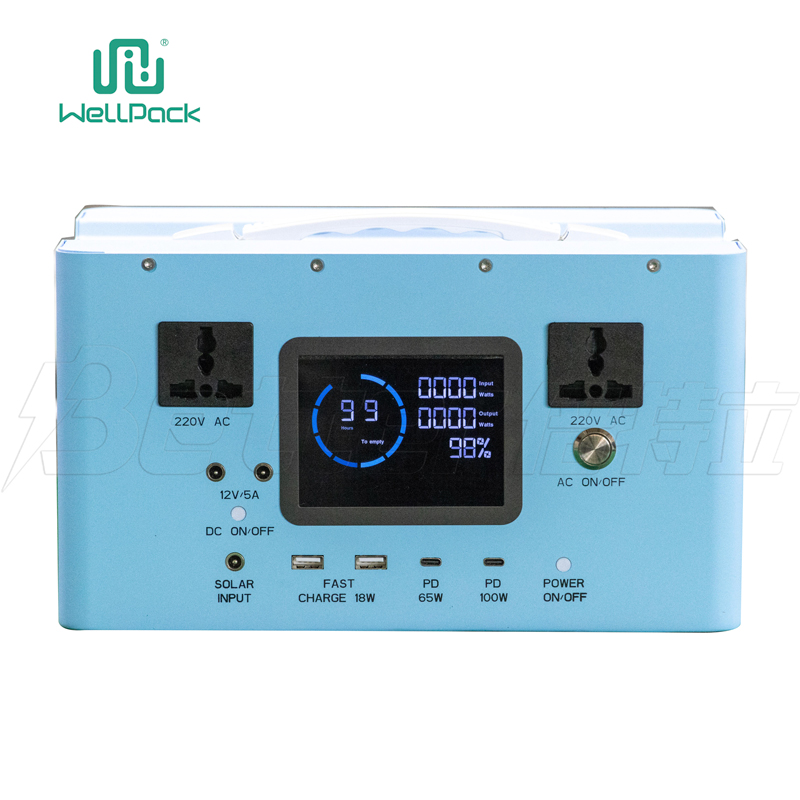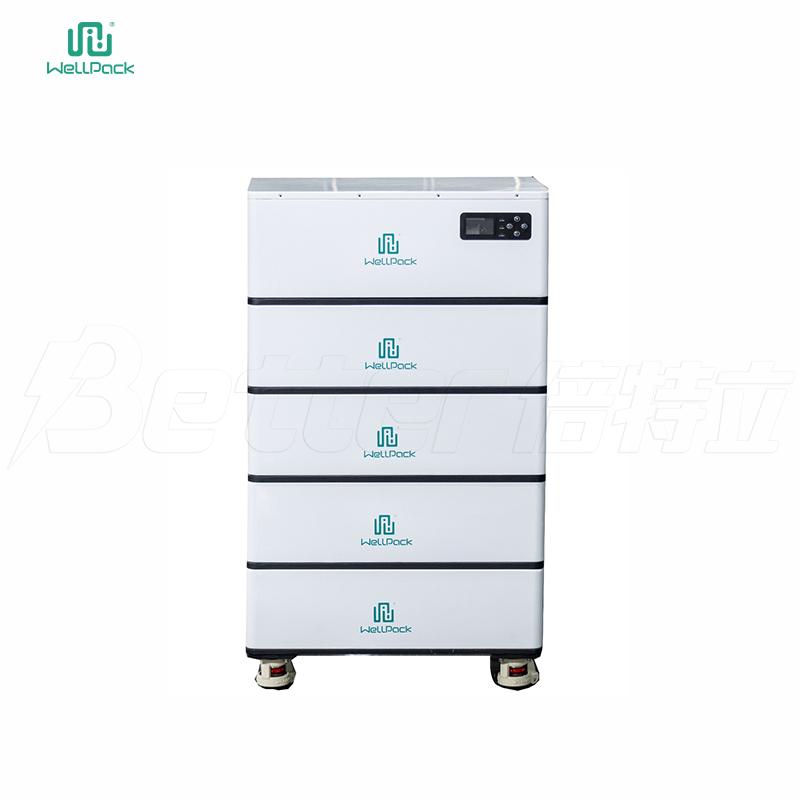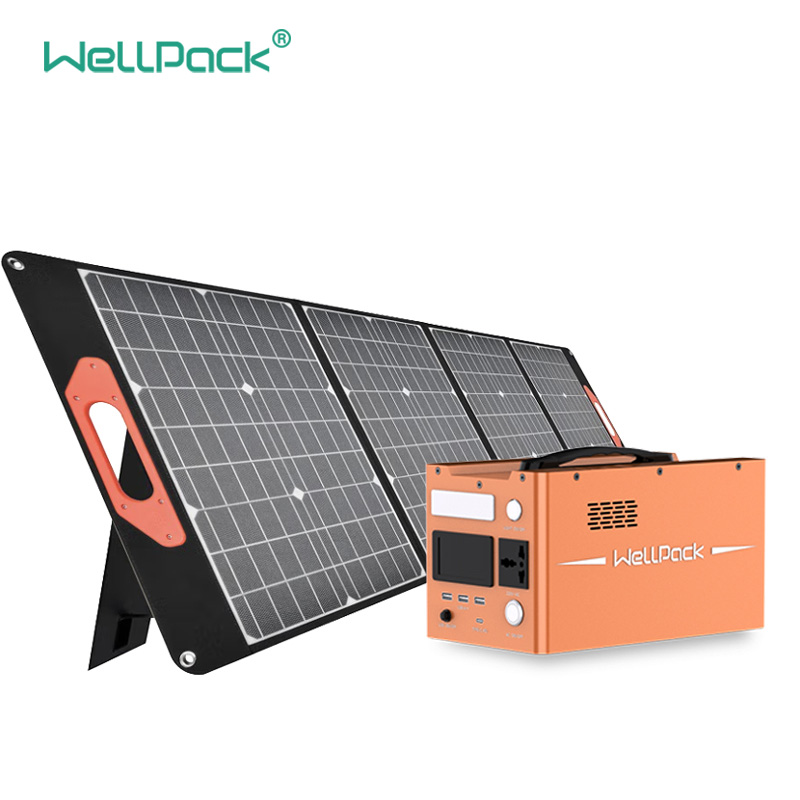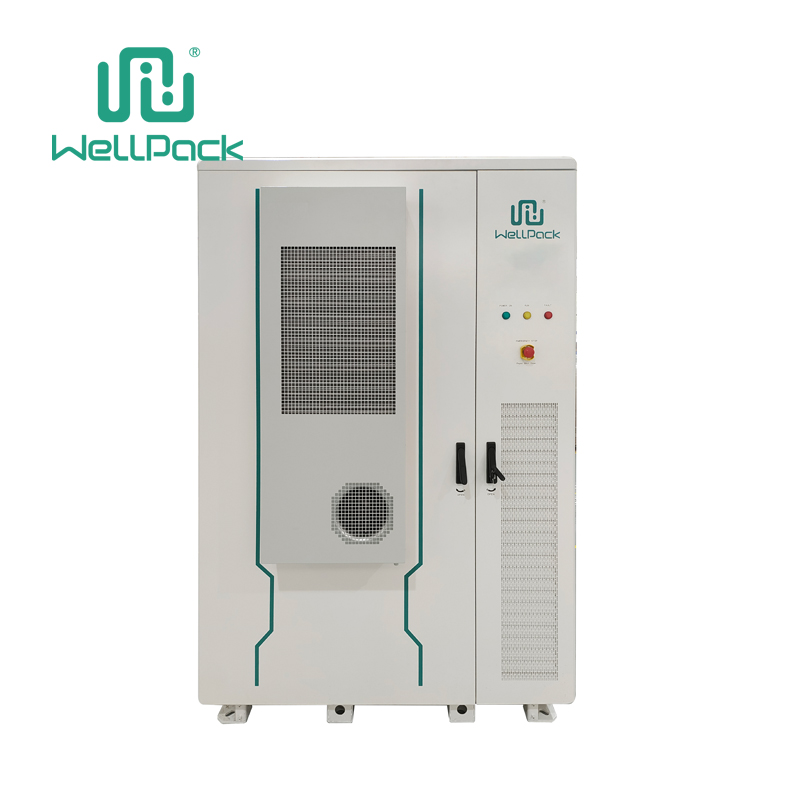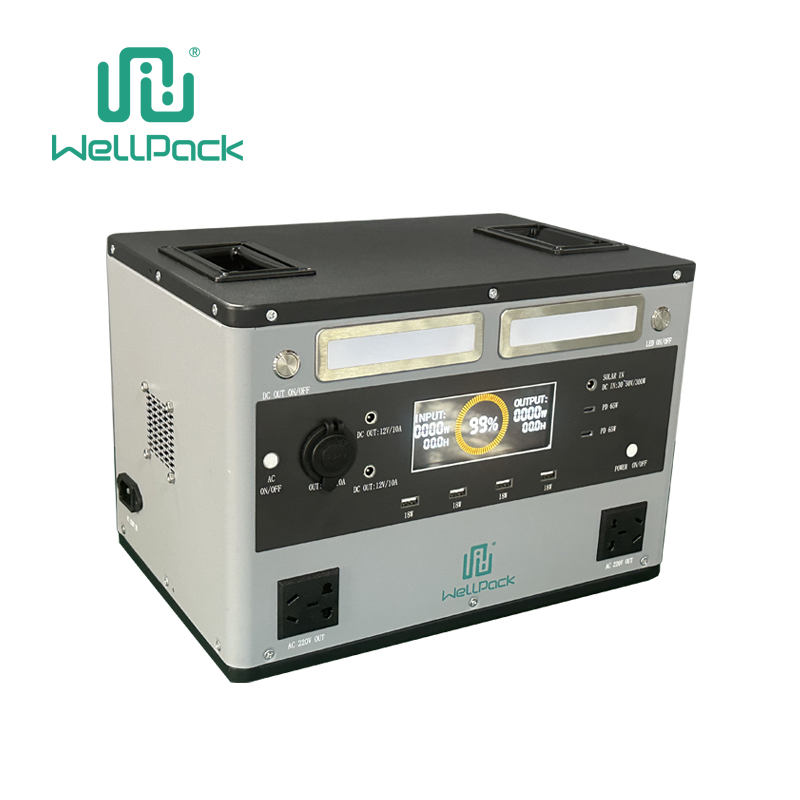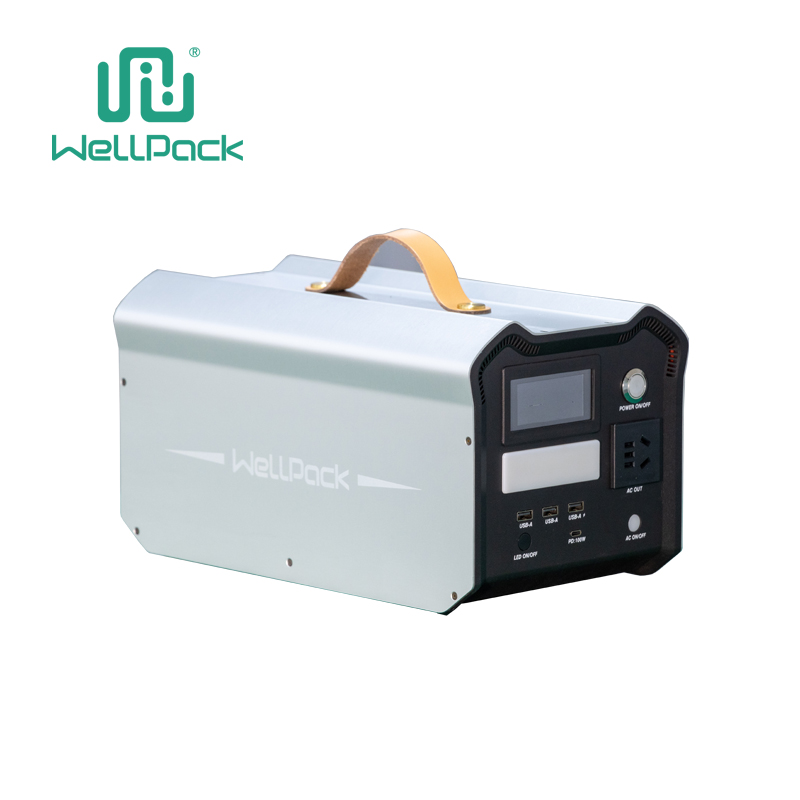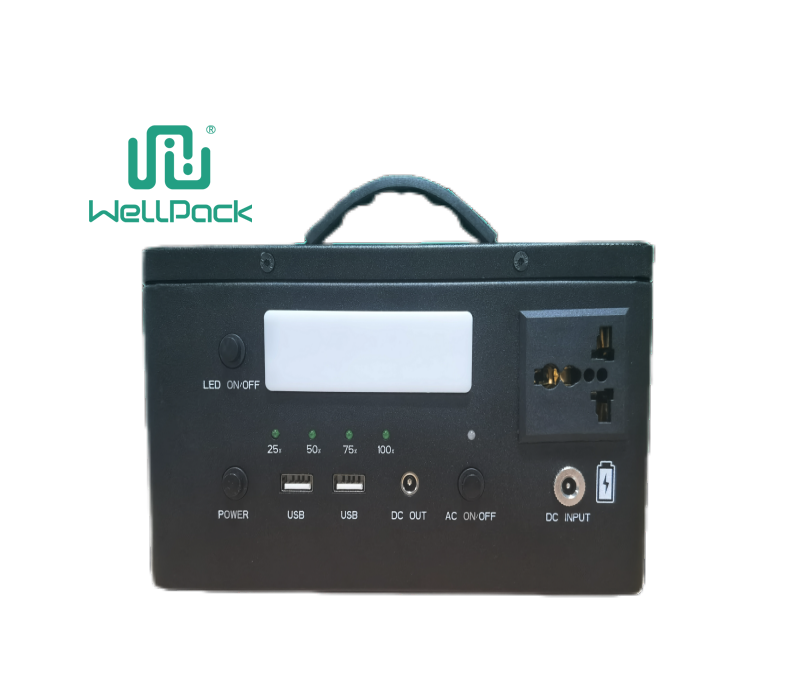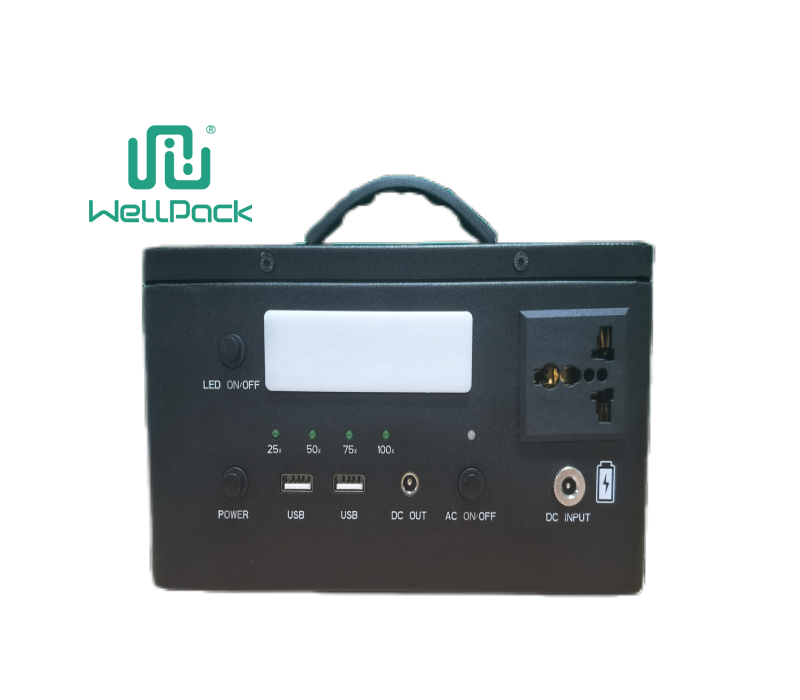A high-efficiency, low-cost, and reliable battery charger design can be achieved through various methods. By using an 8-bit flash MCU, the design time is shortened, costs are reduced, and a safe, reliable product is provided. This approach also allows designers to perform on-site upgrades with minimal effort. Considering the importance of safe battery charging, along with cost and design efficiency, an MCU-based solution offers many advantages. By selecting an 8-bit MCU with the appropriate peripherals and flash memory, engineers can design an offline lithium battery charger. For example, the Philips 80C51 MCU with 2KB of flash memory provides a low-cost solution and integrated flash memory for efficient debugging and on-site software upgrades, if necessary.
Since 8-bit MCUs are familiar and widely accepted in the design community, software and hardware development can proceed quickly. The availability of powerful yet inexpensive application development tools from multiple suppliers is another advantage of this method. This approach helps design teams shorten the design cycle significantly while allowing for more complex designs without exceeding the acceptable overall materials cost (BOM).
Benefits of Using an Internal Oscillator
For offline lithium battery charger designs, using an MCU with an internal oscillator offers two major benefits. First, it eliminates the need for an external oscillator, saving cost and PCB space. Second, it enhances the stability of the system during startup.
Using a Four-Channel A/D Converter
A valuable peripheral for integration into the chip is the four-channel A/D converter. Not only does it save costs compared to using an external A/D converter, but it can also be used to monitor the charging voltage, current, and battery temperature—essential parameters for safe battery charging.
The MCU used in the design (P89LPC916) integrates all these features and has a high-performance processor architecture that allows instructions to be executed on two clocks simultaneously, increasing performance up to six times that of standard 80C51 devices. Timer0 can be easily configured to output PWM, making PWM functionality easy to implement and use.
Basic Battery Charging Standards
This design is specifically aimed at charging lithium batteries with a nominal capacity of 700-750mAh, with a discharge voltage of 3.6V and a maximum voltage of 4.2V.
The charging process is divided into three stages: pre-charging, constant current charging, and constant voltage charging. If the battery has a very low charge, resulting in a low output voltage, a pre-charging phase is necessary. In such cases, low current charging is required to protect the battery. However, if the battery can produce a higher voltage (>3V), the pre-charging stage can be omitted, which is the most common case.
Most of the energy flows into the battery during the constant current and constant voltage charging phases. The maximum allowed charging current is determined by the battery’s rated capacity. For fast charging, for example, a 700mAh battery can be charged at 350-400mA.
For lithium batteries, the MCU must monitor the charging current while maintaining the battery's normal charging voltage to terminate the charging process when the battery is fully charged.
Temperature Monitoring
Temperature monitoring can ensure safe charging because as the battery approaches full charge, any excess energy will be converted into heat. Although temperature monitoring is necessary for safety, most lithium batteries on the market come with built-in overcharge protection, making temperature monitoring a rare necessity.
Buck Converter Design
To design a charger with tapered end characteristics, the most effective and cost-efficient method is to use a buck converter as a switching regulator. Buck converters use inductors to store energy. Figures 1a and 1b show the operating diagrams of the buck converter when the switch is in the "on" and "off" positions.
A PWM signal controls the charging switch. When the switch is closed (as shown in Figure 1a), the current flows through the circuit due to the charger’s input voltage (Vin), and the capacitor charges via the inductor. When the switch opens (as shown in Figure 1b), the inductor tries to maintain current flow via induced voltage, but it cannot charge immediately. The current then flows through the Schottky diode, charging the capacitor. This process repeats.
By reducing the PWM duty cycle to shorten the "on" time of the switch, the average voltage decreases. Conversely, increasing the duty cycle extends the "off" time, raising the average voltage. The MCU adjusts the charging voltage (or current) by controlling the PWM duty cycle to achieve the desired output.
Key Points Regarding Inductors and Capacitors
Inductor Size
Determining the size of the inductor in the buck converter is crucial for achieving the correct charging voltage and current. Inductor size also affects cost. The inductor capacity can be calculated using Formula 1:
L=DutyCycle×Io(Vi−Vsat)×T
Where:
Vi is the input voltage to the switch,
Vsat is the voltage drop of the switch when "on",
Vo is the output voltage,
T is the PWM period,
DutyCycle is the PWM duty cycle,
Io is the output current (constant current charging).
Formula 1 shows that the higher the PWM frequency (i.e., the smaller the period
T), the smaller the required inductance, which helps reduce component costs.
Capacitor Size
The design uses a precision voltage source (LDO LM1117) to provide a precise 3.31V power supply for the DA-DA converter reference voltage. The MCU (P89LPC916) controls the PWM output using Timer0, with the on-chip RC oscillator ensuring stable and efficient charging, especially in voltage-controlled operation mode.
System Design
The system consists of the MCU (P89LPC916) controlling the charging process via PWM output, with feedback to adjust the duty cycle based on charging voltage and current. The 8-bit on-chip high-speed A/D converter in the LPC916 provides high precision for monitoring charging voltage.
Final Charging Process
Pre-Charging Phase: If the battery voltage is below 3.0V, a pre-charging phase with a charging current of 65mA is initiated.
Fast Charging Phase: Once the battery voltage reaches 3.0V ± 1%, the fast charging phase begins with a constant current of 350mA until the battery reaches 4.0V ± 1%.
Constant Voltage Charging Phase: When the battery voltage reaches 4.0V ± 1%, the voltage is maintained at 4.23V, and the current is monitored. The final charging phase lasts 50 minutes, ensuring that the charging current is reduced to below 30mA.


